
© Joseph Giansante ’76 / Wikimedia Commons
Recently in the journal
Evolution, two of my colleagues in the Lehigh University
Department of Biological Sciences published a seven-page
critical review of
Darwin Devolves. As I'll show below, it pretty much completely misses the mark. Nonetheless, it is a good illustration of how sincere-yet-perplexed professional evolutionary biologists view the data, as well as how they see opposition to their views, and so it is a possible opening to mutual understanding. This is the first of a three-part reply.
I'd like to begin by enthusiastically affirming that the co-authors of the review,
Greg Lang and
Amber Rice, are terrific young scientists. Greg's research is on the experimental laboratory evolution of yeast, and he's an associate editor at the
Journal of Molecular Evolution. Amber studies the evolutionary effects of the hybridization of two species of chickadee, and she's an associate editor for
Evolution. Not surprisingly, the review is well written and the authors have done a lot of homework, not only reading the book itself but also digging into other material I have written and relevant literature. What's more, Greg and Amber are both salt-of-the-earth folks, cheerful, friendly, and great colleagues. The additional Lehigh people they cite in the Acknowledgements section share all those qualities. There is no reason for anyone to take any of the remarks in their review as anything other than their best honest professional opinions of the matter. So let's get to the substance of the review.
"Two Critical Errors of Logic"After introductory remarks, Lang and Rice begin by deferring to the
review of my book in Science and a
follow-up web post to show that the book contains "a few factual errors and many errors of omission." (I along with others have dealt at length with those already; see
here,
here,
here,
here,
here, and
here) Instead, in their own review
they focus on what they see as two logical errors of the book: 1) that I wrongly equate "the
prevalence of loss of function mutations to the
inevitable degradation of biological systems and the
impossibility of evolution to produce novelty"; and 2) that I wrongly confuse proteins with machines, and use that
misguided metaphor to mislead readers. I'll take those two points and their many subparts mostly in turn.
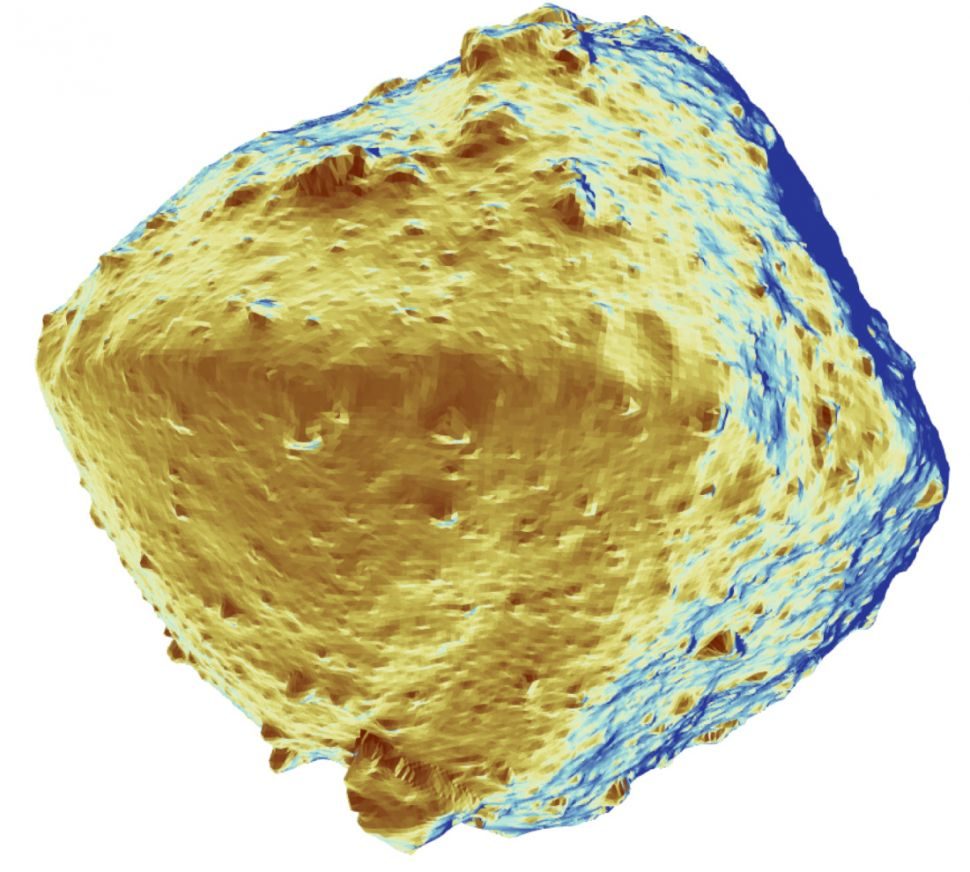


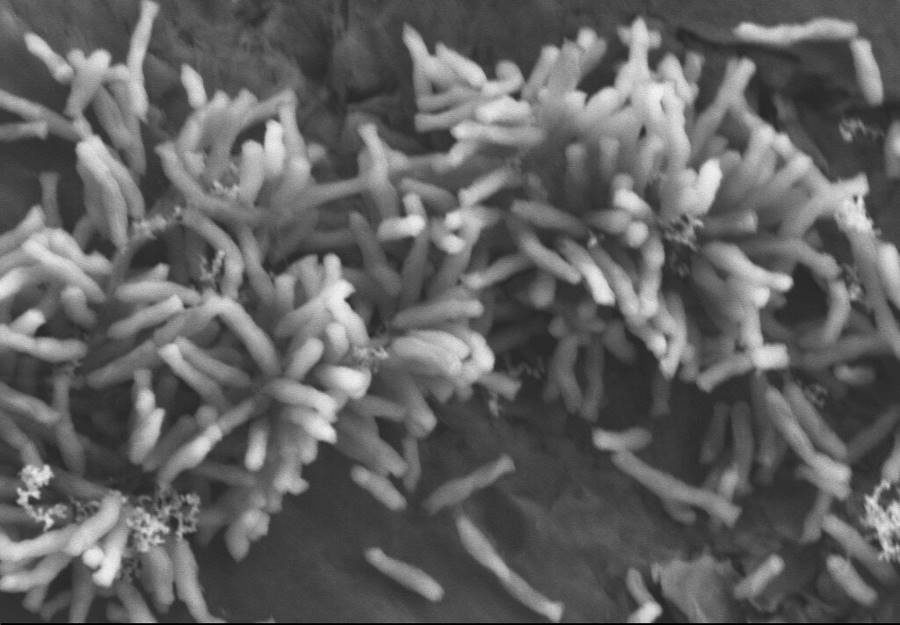


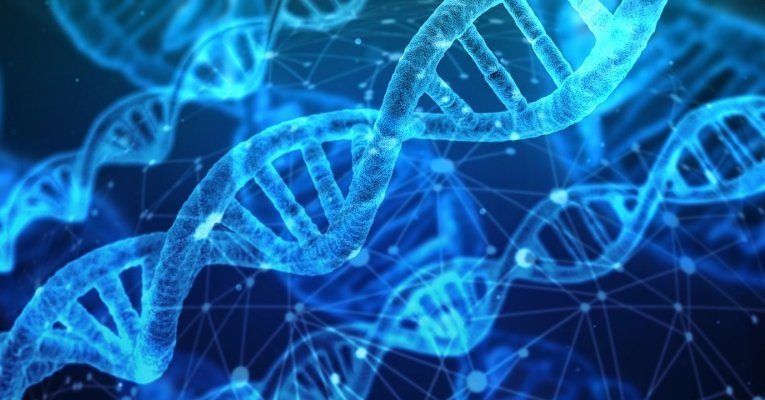
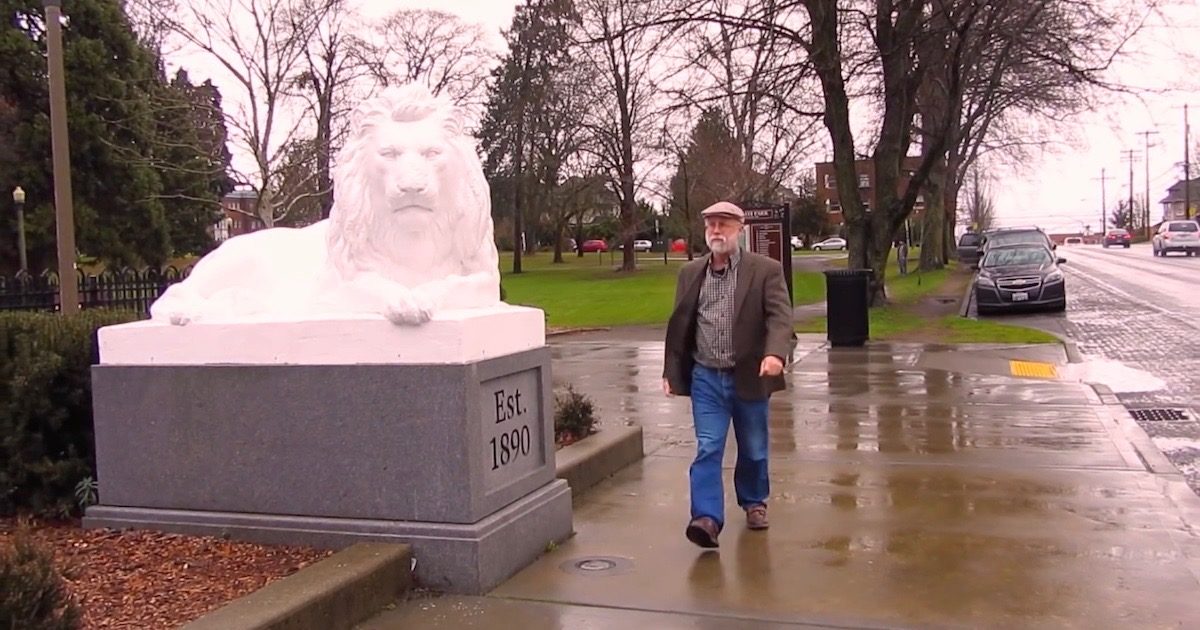

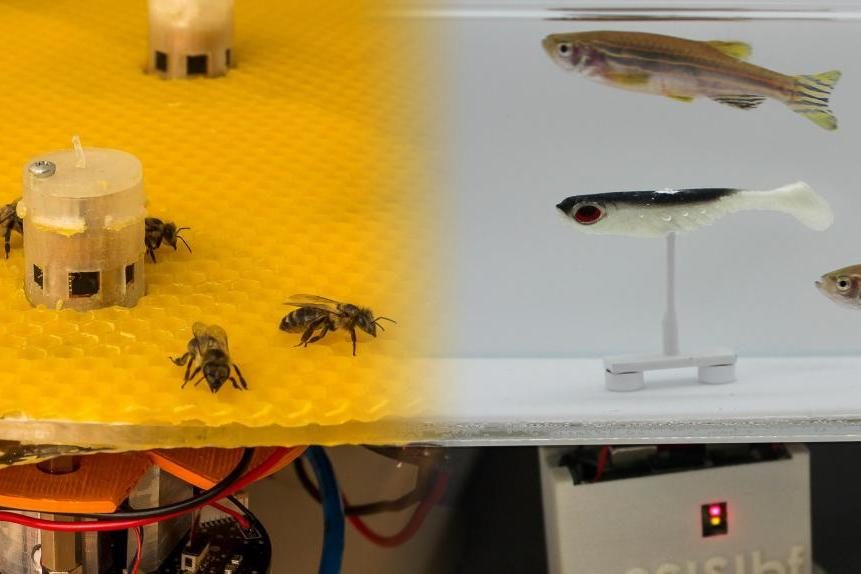



Comment: Scientists may be surprised by the lack of water on asteroids like Ryugu because of their misconceptions about space rocks altogether:
- Something only EU can explain: Asteroid 6478 Gault 'suddenly sprouts a comet-like tail'
- Why didn't Comet ISON melt in the Sun? How NASA and Official Science got it all wrong (again)
See also:- Water in Saturn's rings surprisingly like that on Earth, except for moon Phoebe
- New study reveals Mars had a 'planet-wide groundwater system'
- Planet-X, Comets and Earth Changes by J.M. McCanney
- Japanese spacecraft Japan probe Hayabusa2 touches down on asteroid, collects samples
And check out SOTT radio's: